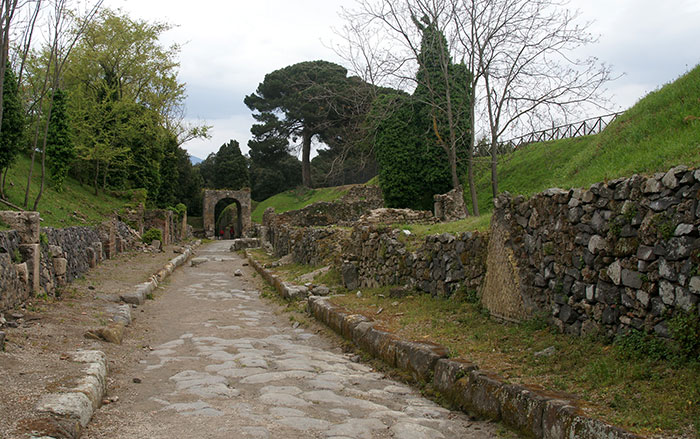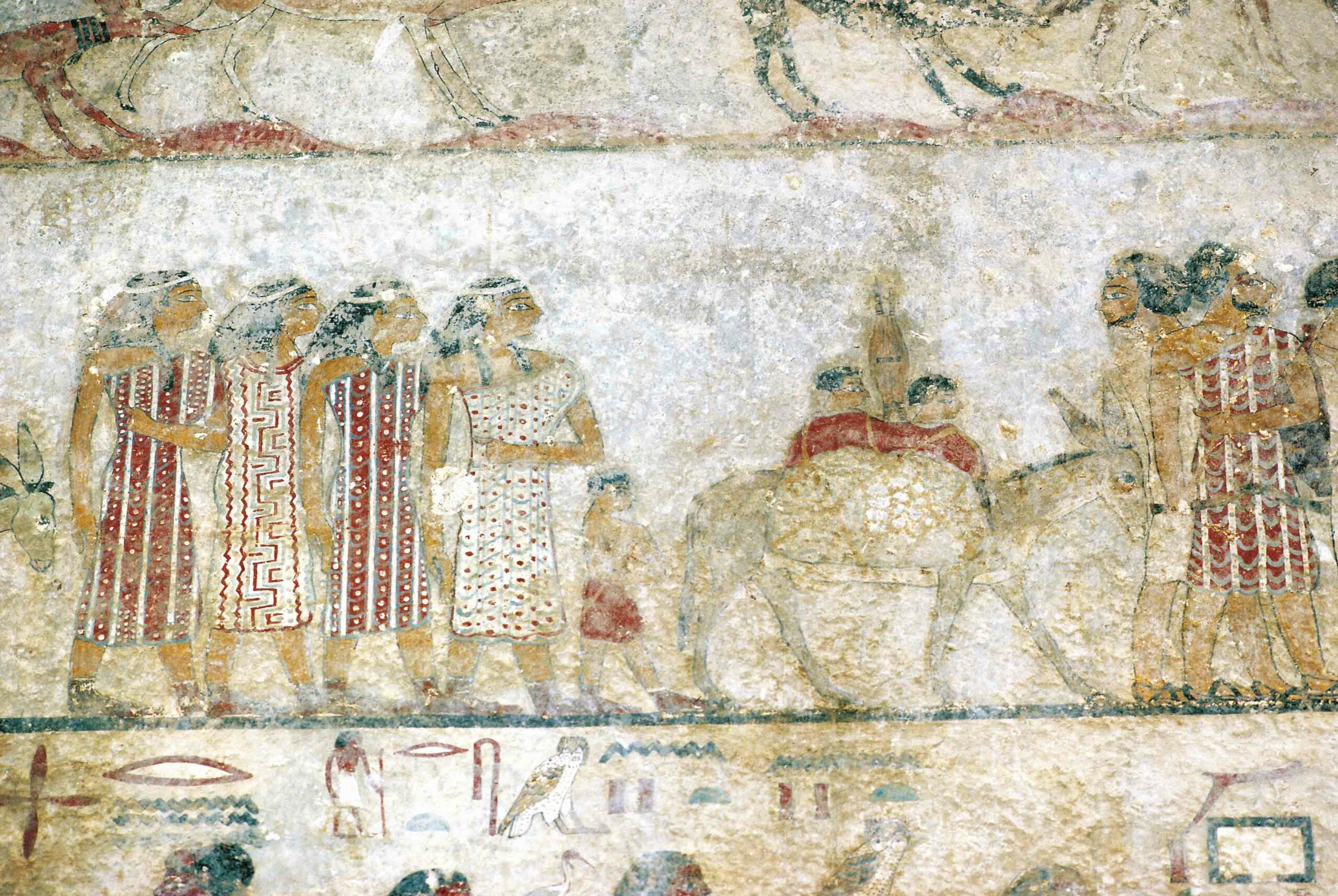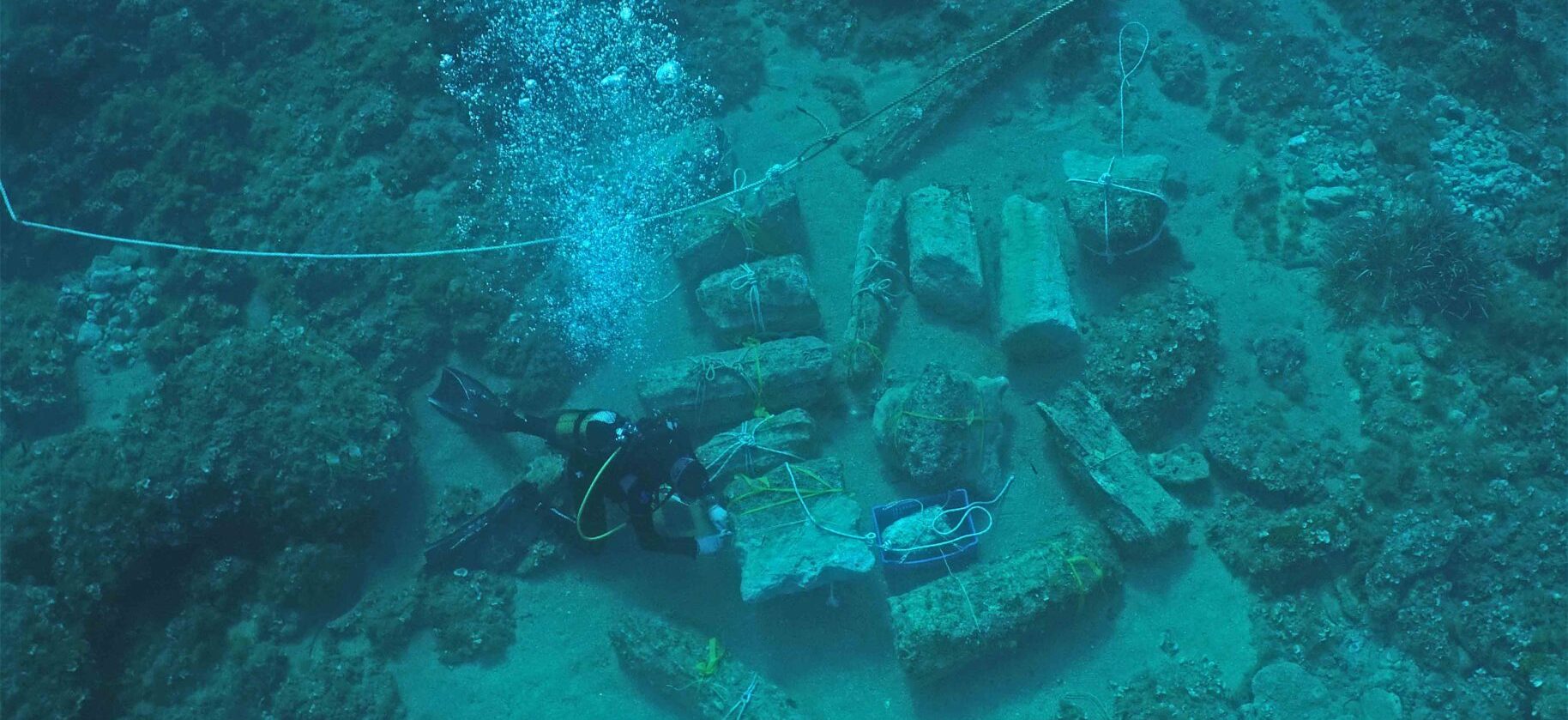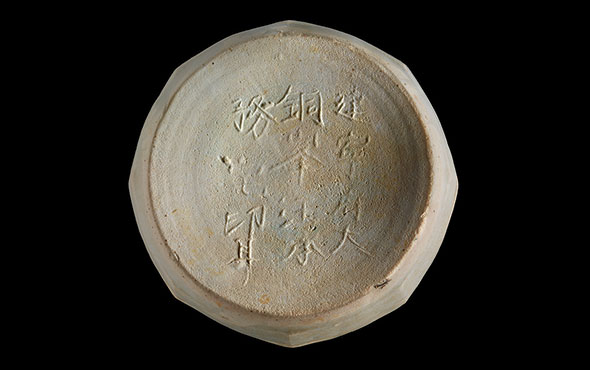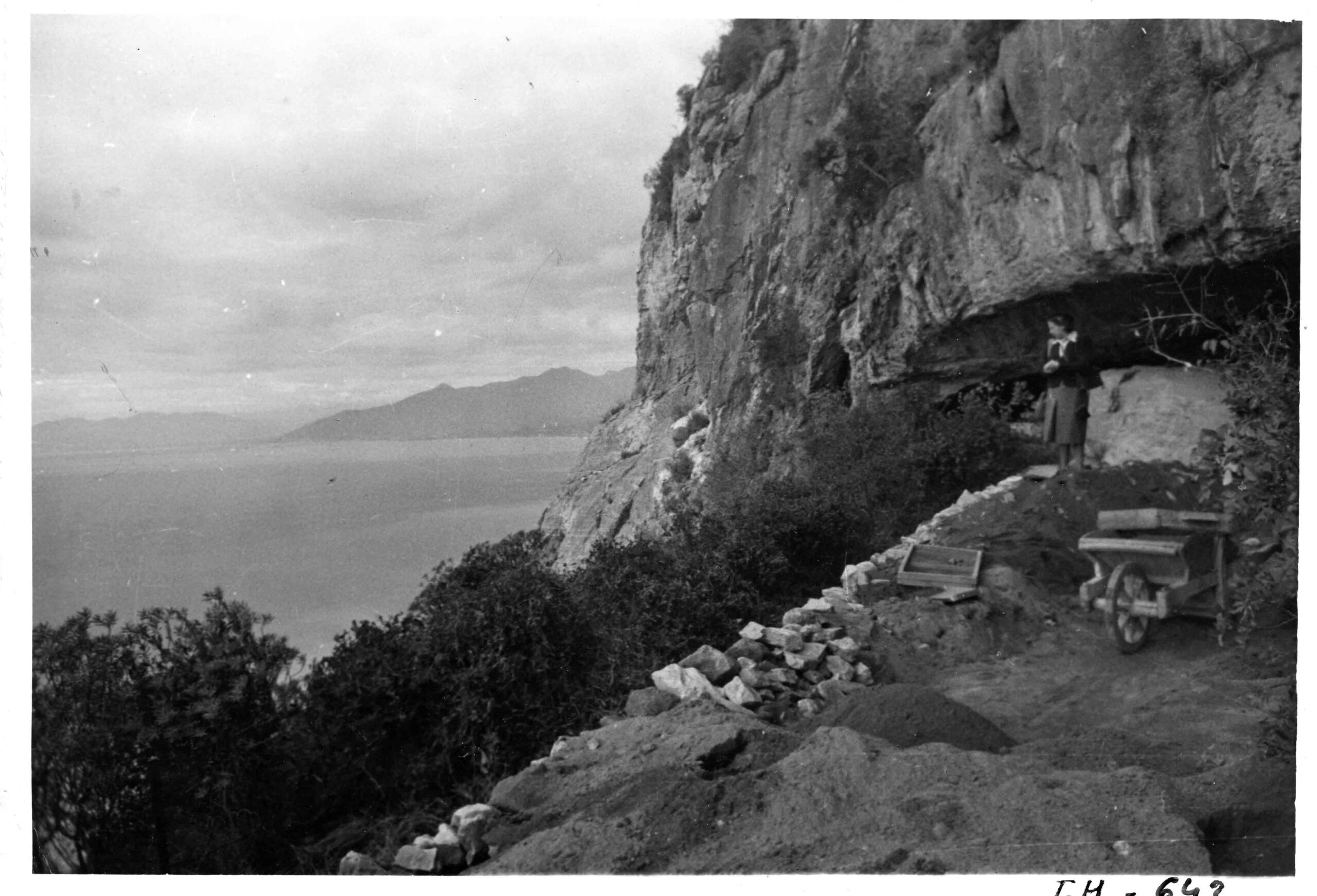
ST LOUIS, MISSOURI—Paleoanthropologist Erik Trinkaus of Washington University in St. Louis has examined data on the skeletal deformations of 66 individuals who lived within the last 200,000 years in the Middle East and Eurasia, according to a report in Science Magazine, and found that about two-thirds of their abnormalities occur in less than one percent of modern humans. Trinkaus suggests that early humans may have suffered a higher frequency of birth defects, since it would be extremely unlikely that such rare conditions would not only be preserved, but then discovered by archaeologists in the numbers that they have been. Perhaps, he noted, as other researchers have suggested, people born with abnormalities were seen as shamans and given careful burials that made their bodies more likely to be preserved. A lack of nutrients during pregnancy and early childhood could also have left marks on skeletons. But Trinkaus says some of the disorders affected only one side of the body, and many were found in burials that did not receive special treatment. Most early humans are believed to have have lived in small, isolated populations, he said, which could have led to inbreeding and harmful mutations. He also points out many of these conditions would have been debilitating, requiring care and social support in order for the individuals to have survived for as long as they did. To read about one of the burials including skeletons with physical abnormalities, go to “Alternative Deathstyles.”




